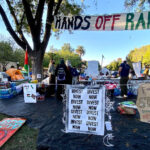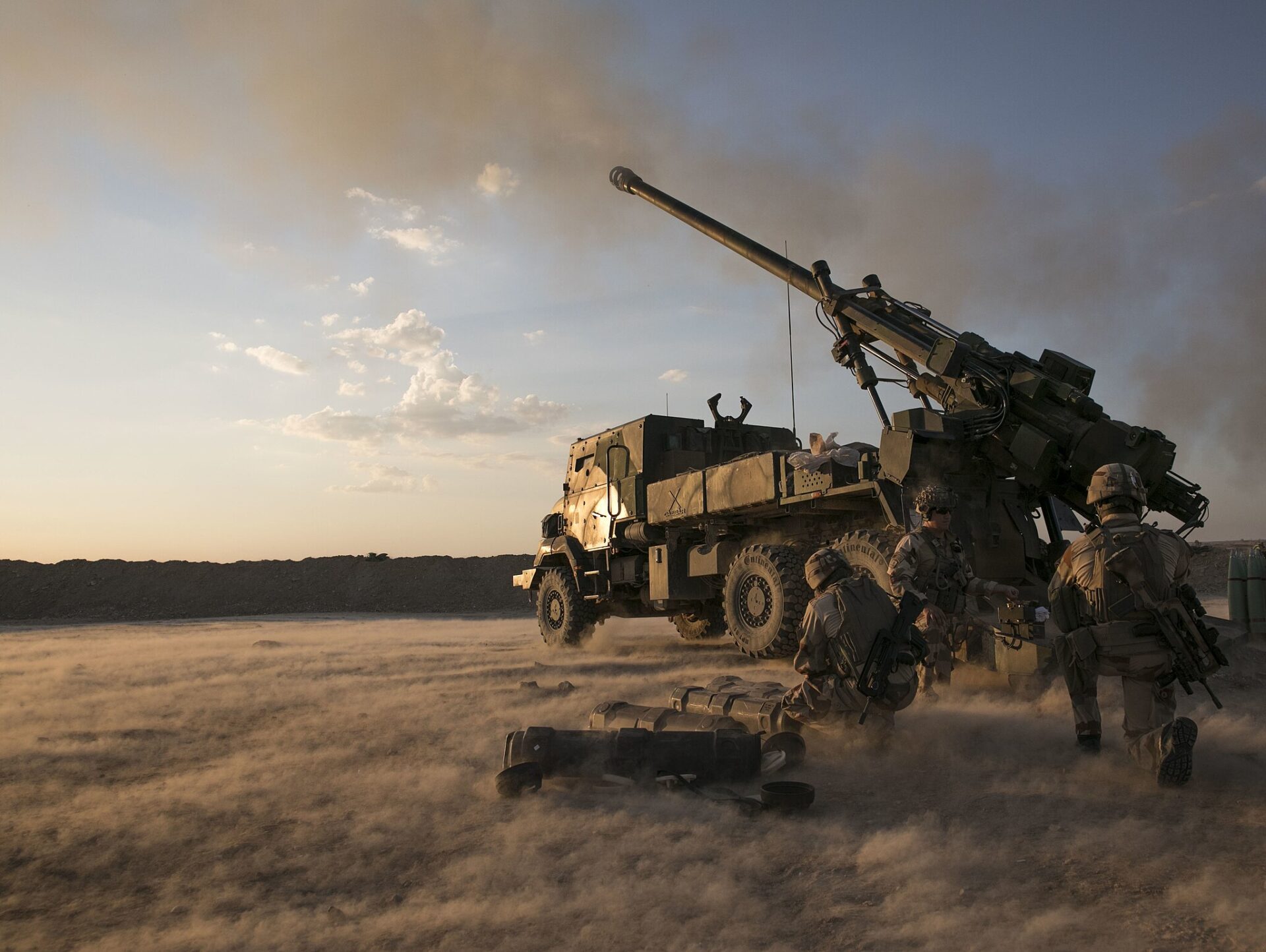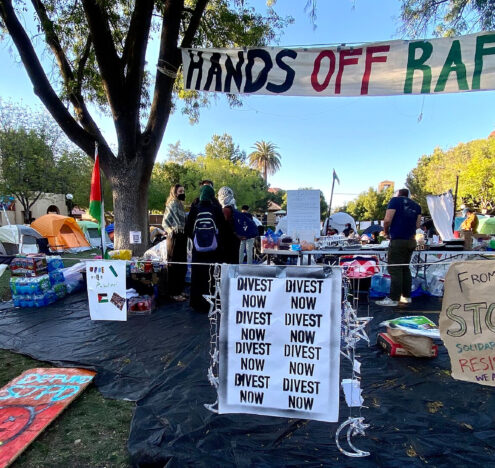The risk of the Israel-Hamas war expanding into a brutal regional conflict continues to increase at the same time that violent incidents between the United States and Iran-backed militias elsewhere in the region worsen. Last week, a US strike killed an Iran-linked militia commander in Baghdad.
The exchanges of fire between US forces and the Iran-led Axis of Resistance reflects a concerning scenario for US policymakers amid the ongoing failure of regional deterrence to prevent Iran-backed militia strikes on US positions and international maritime shipping in the Red Sea. In this scenario, President Joe Biden’s administration should implement a restrained diplomatic approach that focuses on de-escalating potential and actual points of friction in the region or risk putting US soldiers and citizens in harm’s way.
Since Oct. 17, Iran-backed groups have targeted US forces more than 118 times, harming nearly 70 US soldiers. Strikes on US positions significantly decreased during a truce between Israel and Hamas in late November, even though the deal did not include non-Hamas groups. Still, attacks did not stop. On Nov. 29, a strike on a US base in Syria constituted the first attack during the truce. This coincided with significant Iran-backed militia activity in the Red Sea and Bab al-Mandeb Strait via the Yemen-based Houthi movement and Iran’s Islamic Revolutionary Guards Corps (IRGC), including missile strikes, drone surveillance of US ships, and direct Houthi-US fighting that killed several Houthi fighters.
New strikes against US forces and maritime shipping by Iran-backed groups expanded after the truce expired on Dec. 1, most notably by the Houthis and other militias in Iraq. More strikes are guaranteed as fighting continues to expand in southern Gaza and as Iran-backed groups increasingly lose patience with limitations their patron places on them to avoid a broader conflict — especially given Washington’s retaliatory strikes against the militias.
Concerning Shift
As local sources note, Iran-backed militias are frustrated with the response to Israel’s Gaza operation — especially Tehran’s efforts to balance aggressive actions. This is particularly true in Iraq, where multiple armed groups are demanding a higher price for slain “Iraqi blood.” In this regard, a Nov. 22 strike that killed eight members of these groups fostered overt and public discontent — a concerning shift. Meanwhile, in Yemen, Houthi leader Abdul-Malik al-Houthi has offered vague threats to strike US ships in the Red Sea if Washington targets its forces in the country.
To be sure, Iran still holds sway over these groups and appears to be tempering its bombastic rhetoric. However, policymakers should note the context surrounding the militias and the broader Palestine-Israel conflict. Since former US President Donald Trump ordered the strike that killed IRGC Quds Force (IRGC-QF) commander Qasem Soleimani and Popular Mobilization Forces head Abu Mahdi al-Muhandis, Iraqi militias have operated with increasing independence. Soleimani and Muhandis played outsized roles in coordinating the PMF as two of the core individuals who created the militia system. With those figures gone, Iraqi militias have flexed their muscles, sometimes reportedly frustrating the Iranians.
To be sure, Iran still holds sway over these groups and appears to be tempering its bombastic rhetoric.
This is a disturbing scenario for US military personnel and civilians across the region. Iran-backed militias are demanding blood as Tehran prevents them from responding to US strikes that kill their comrades. The Axis of Resistance’s command-and-control structures remain weakened. Militias can be unorganized, especially during increased tensions, with local units sometimes reflecting a willingness to break away from their leadership or sponsors — just as Hamas possibly did on Oct. 7. One mistake or misinterpretation, coupled with long-running and hated US troop deployments in the Middle East, could spell disastrous results.
Elevated Risk
It is negligent to justify the US presence in Syria or Iraq amid this evolving and unstable context. The 900 troops in Syria are particularly at risk in relatively small bases that are prone to drone and ballistic missile attacks, as witnessed in recent months and years. Worse, vague policy objectives define this deployment — a concerning situation considering the shaky legal arguments underpinning the deployment in the first place. Israeli discussions about expanding operations in Lebanon — a scenario that could pull the US further into the conflict — make such concerns even more formidable.
As such, US policymakers must consider a serious exit strategy or, at minimum, efforts to relocate exposed forces to secure locations. Rather than serve as a deterrent against Iran-backed groups, US troops in Syria and Iraq operate as a convenient target when Washington-Tehran tensions spike. Defense officials continue to misinterpret Iranian actions in this regard, assuming force deters more force. In fact, the opposite is true — aggressive US and Israeli actions foster strong counterreactions out of Tehran time and again. Israel’s potential interest in using Washington’s presence to expand its war with the Lebanese militant group Hezbollah makes the situation even more concerning.
Rather than assume deterrence can prevent the worst possible outcome — an expanded regional conflict — US officials must consider actions that centralize and encourage restraint and de-escalation. At minimum, officials should consider troop withdrawals from Syria and Iraq and intense diplomatic efforts with regional partners and enemies to deconflict. While Iran-backed groups operate independently of a truce or ceasefire in Gaza, Washington should consider the relative lull in attacks on its forces during the previous truce and push for further cessation of hostilities and press Israel on an end date for the fighting in Gaza while reiterating that it will not support a war in Lebanon or elsewhere in the Middle East.





















